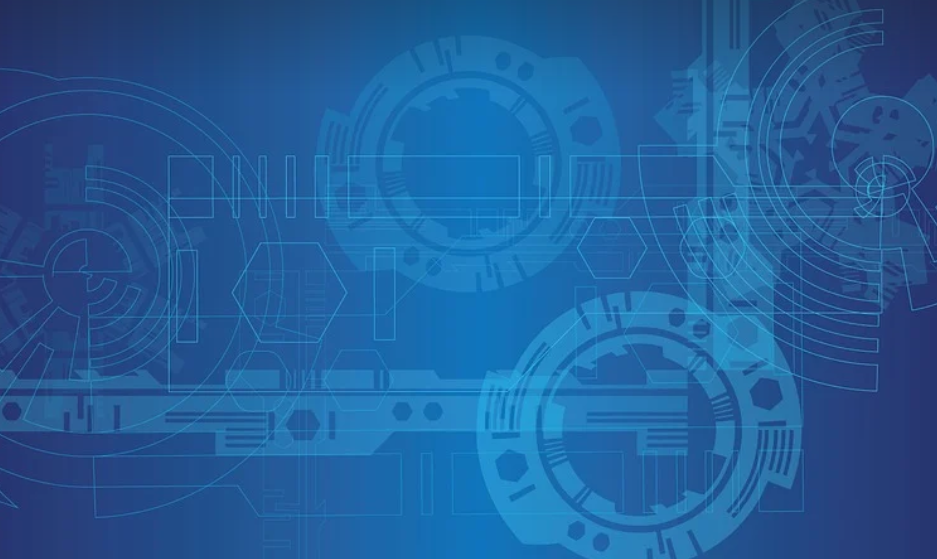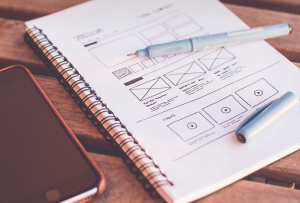
What is an Engineering Change Notice (ECN)?
An ECN is essentially a formal document that serves as the official notification of any changes happening within a project, especially when it comes to its engineering aspects. Think of it like a safety alert for your product or project! It’s crucial to keep everyone in the loop because, let’s be honest, even the smallest change can ripple through the entire process if not addressed properly.
These changes could range from minor tweaks to major overhauls. Some examples of ECNs include: adding a new feature, modifying existing functionality, changing the design specifications, or introducing new materials in the project.
But why are these notifications critical? Imagine you’re building a Lego tower – one misplaced brick can dramatically change the whole structure! An ECN acts like the construction manual for your project. It keeps all team members on the same page, ensures everyone understands the changes and their impact, and facilitates smoother transitions throughout the process.
The Standard Template: The “How-To” Manual
Now that we’ve grasped the importance of ECNs, let’s delve into the actual template itself. Remember, consistency is key! A well-structured ECN will make life easier for everyone involved.
A typical ECN template covers several essential components:
- Engineering Change Request (ECR) Number: This unique identifier ensures traceability and easy reference throughout the project lifecycle.
- Project Name and Description: This sets the context for the change, providing a clear picture of what’s being addressed.
- Change Requested by: This identifies who initiated the ECN and ensures accountability.
- Date of Change Request: The date on which the change was proposed or initiated allows for accurate documentation and tracking.
- Description of Change: A detailed description of the specific alteration required, including its purpose and rationale.
- Impact Analysis: This section delves into the potential consequences of this change. It assesses its impact on various aspects of the project like timeline, budget, risks, and quality.
- Design Drawings and Specifications: Including updated drawings or specifications for the new design, as applicable.
- Change Management Plan (CMP): Defining how the change will be implemented, who will be responsible for executing it, and potential resources needed.
- Approved by: Sign-off from relevant stakeholders, like project manager or engineering team lead, to confirm acceptance of the change.
- Change History: A record of all ECNs submitted for the project. This ensures transparency and provides a comprehensive understanding of the project’s evolution.
- Version Control: Tracking changes throughout the process, including who made the change, when it was made, and any associated documentation or comments.
Remember, this template is merely a guideline. You can customize it based on your specific project needs and requirements. The key is to create something that’s clear, concise, and easy to understand for all stakeholders involved.
The Power of Collaboration: Why It Matters
One of the most valuable aspects of an ECN process is its ability to facilitate collaboration. By creating a centralized platform for communication regarding changes, you can ensure that everyone stays in sync and works towards a common goal.
It’s like playing a game with your team! Each member contributes their expertise, ideas, and feedback. The ECN acts as the shared playbook, ensuring everyone is on board from start to finish.
Don’t underestimate the impact of clear communication and collaboration in a project’s success. When all teams are communicating effectively and working cohesively, the chances of achieving your goals increase by leaps and bounds!
Tips for Creating Effective ECN Templates
To create an effective ECN template that truly shines, consider these tips:
- **Keep it simple:** The goal is clarity. Use concise language that’s easy to understand, even for those less familiar with engineering concepts.
- **Prioritize legibility:** Use proper formatting and ensure your template is well-organized. Employ headings, bullet points, and numbered lists.
- **Include visual aids:** Incorporate relevant images, diagrams, or charts to visually represent the change for better comprehension.
- **Provide clear instructions:** Guide readers on how to use the template and what information is crucial. For example, you might suggest using specific formats for drawings or specifications.
- **Offer examples: ** Showcasing a few sample ECNs can help guide beginners and provide real-world context for your template.
Don’t Forget: The Importance of Regular Reviews
You might be wondering, what happens to the implemented change after it’s approved? There’s a crucial step in the process that often gets overlooked. The engineering change should not just be documented; it needs to be actively reviewed and monitored over time.
Think of regular reviews as “post-checkups” for your project. Regular review sessions allow you to:
- **Assess the impact:** Did the changes actually deliver the desired outcome? Were there unintended consequences?
- **Evaluate effectiveness:** How well are the changes being executed compared to expectations?
- **Identify any issues early on:** Are there any ongoing concerns or potential problems that need attention?
By incorporating regular review sessions into your ECN process, you lay the foundation for continuous improvement and project optimization.
The Future of ECN Templates: Efficiency and Automation
As technology continues to advance, we can expect a wave of innovative tools and software solutions that can streamline the ECN process. Imagine an automated ECN system that automatically generates reports based on your specific needs. This could significantly reduce human error and improve project efficiency!
The future holds exciting possibilities for this critical part of engineering projects, especially in terms of automation and data analysis. Tools like these have the potential to revolutionize how we manage changes within our projects.



